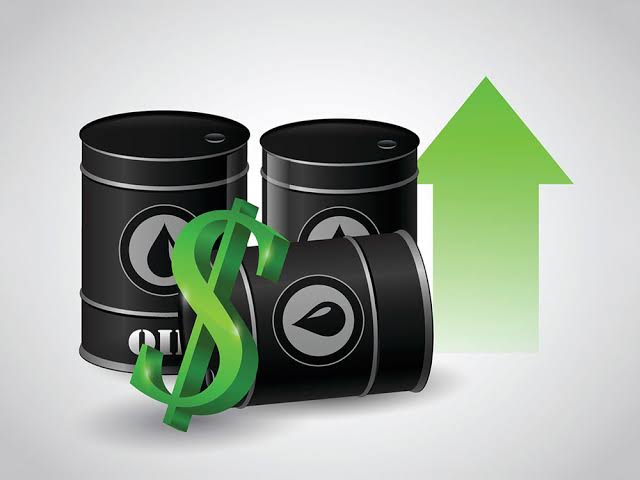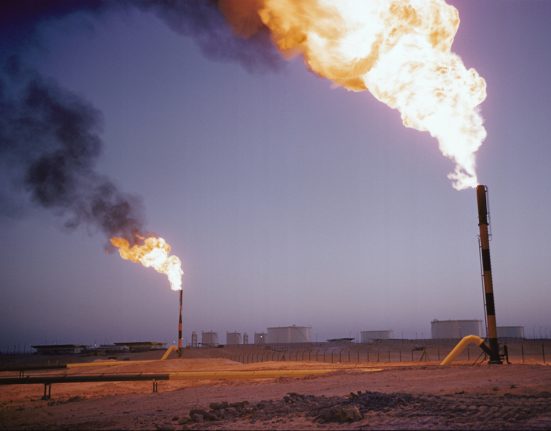Oil prices rebounded on Thursday after two consecutive sessions of decline, as investors reevaluated the latest data on U.S. crude oil and gasoline inventories, prompting a return to buying mode.
According to Reuters, Brent crude futures for May gained 40 cents, or 0.5%, reaching $86.49 a barrel, while the June contract, which is more actively traded, rose 36 cents, or 0.4%, to $85.77 at 0757 GMT. The May contract is set to expire on Thursday.
Meanwhile, U.S. West Texas Intermediate (WTI) crude futures for May delivery climbed 44 cents, or 0.5%, reaching $81.79 a barrel.
Both Brent and WTI benchmarks are poised to finish higher for a third consecutive month, up approximately 4.5% from the previous month.
The previous session saw pressure on oil prices following an unexpected rise in U.S. crude oil and gasoline inventories last week. This increase was attributed to a rise in crude imports and sluggish gasoline demand, according to data from the Energy Information Administration.
However, the crude stock increase was smaller than anticipated by the American Petroleum Institute.
“We … expect U.S. inventories to rise less than normal in reflection of a global oil market in a slight deficit,” noted Bjarne Schieldrop, chief commodities analyst at SEB Research, in a statement. “This will likely hand support to the Brent crude oil price going forward.”
Additionally, U.S. refinery utilization rates rose by 0.9 percentage points last week, further bolstering prices.
Recent disappointing inflation data supports the case for the U.S. Federal Reserve to hold off on cutting its short-term interest rate target, according to a Fed governor on Wednesday. However, the possibility of rate cuts later in the year remains open.
“The market is converging on a June start to cuts for both the Fed and the European Central Bank,” stated JPMorgan analysts in a note, highlighting that lower interest rates tend to support oil demand.
Investors are eagerly awaiting cues from the upcoming meeting of the Joint Monitoring Ministerial Committee of the Organization of Petroleum Exporting Countries (OPEC) next week, amid ongoing concerns over geopolitical risks impacting supply.
While OPEC+ is not expected to make any oil output policy changes until a full ministerial gathering in June, any indication of members deviating from current production quotas may be viewed as bearish, according to analysts at ANZ Research.
“The lack of a ceasefire deal between Israel and Hamas continues to keep tension in the Middle East elevated,” ANZ remarked.









